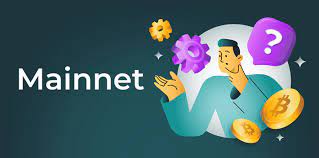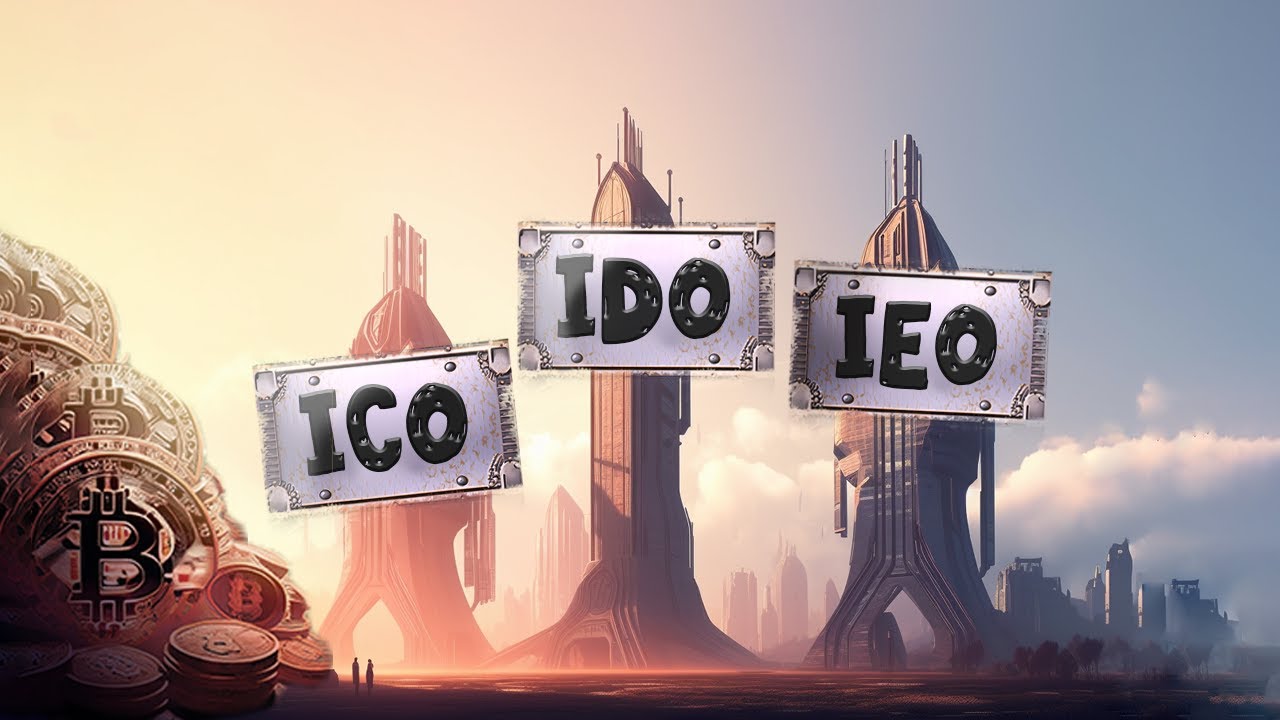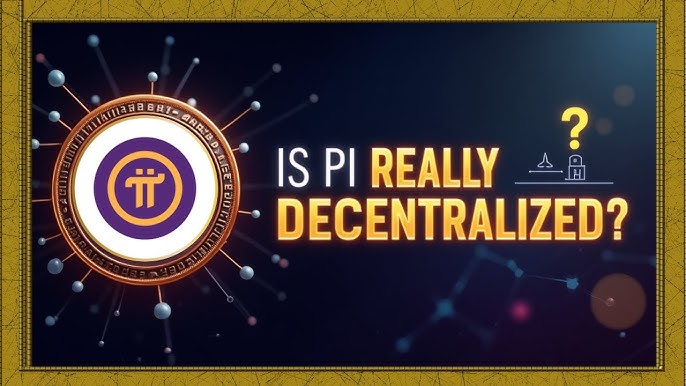What Is a Mainnet? Full Explanation
In the world of blockchain and cryptocurrencies, terms like mainnet and testnet are frequently used. Understanding what a mainnet is—and how it fits into blockchain development—is essential to grasp how decentralized technologies operate in the real world.
Definition: What Is a Mainnet?
A mainnet (short for main network) is the fully functional and live version of a blockchain network where real transactions occur using real assets (like Bitcoin, Ether, or native tokens of a project).
It’s the production environment of a blockchain where smart contracts are deployed, tokens are transferred, and applications run with real economic consequences.
Key Characteristics of a Mainnet
- Live and Operational: It is the final, released version of the blockchain where everything is working as intended.
- Real Value: Tokens and transactions on the mainnet have real-world value and can’t be undone.
- Validated by Nodes: All transactions are validated by decentralized nodes and recorded on the distributed ledger.
- Immutable and Transparent: Once a transaction is confirmed, it is permanently stored on the blockchain.
Mainnet vs Testnet: What’s the Difference?
| Feature | Mainnet | Testnet |
|---|---|---|
| Purpose | Live, real-world usage | Testing and experimentation |
| Token Value | Real | Worthless (for testing only) |
| Stability | High, production-grade | Experimental, can reset |
| Public Access | Open to all users | Developers mostly |
| Impact | Economic and irreversible | No real-world impact |
🧪 Testnets like Goerli, Rinkeby (for Ethereum), or Bitcoin Testnet are used for:
- Smart contract testing
- Application debugging
- Wallet development
- Node syncing trials
Once a project is thoroughly tested on testnet, it moves to the mainnet.
Why Is the Mainnet Important?
- Signals Project Maturity: Launching a mainnet shows that a blockchain project is no longer theoretical—it’s live and working.
- Supports Real Transactions: Mainnet supports the transfer of actual value between users.
- Foundation for dApps: Decentralized applications (dApps) run on the mainnet to provide real-world services like lending, NFT minting, and staking.
- Secures the Network: Real miners or validators are incentivized to secure the mainnet through rewards.
How a Blockchain Launches Its Mainnet
1. Idea and Whitepaper:
Project team outlines the vision, purpose, and technology.
2. Testnet Phase:
Developers deploy a sandbox version of the blockchain to test its functionality.
3. Bug Fixes & Audits:
Thorough audits are conducted to secure smart contracts and consensus mechanisms.
4. Mainnet Launch:
The real blockchain goes live. Tokens from testnet may be swapped to mainnet tokens if it’s a new ecosystem.
Examples of Mainnets in Use
| Blockchain | Mainnet Token |
|---|---|
| Bitcoin | BTC |
| Ethereum | ETH |
| BNB Chain | BNB |
| Solana | SOL |
| Cardano | ADA |
Each of these projects has a live, operating mainnet that supports millions (or billions) of dollars in value.
Token Swaps from Testnet or Other Chains to Mainnet
During initial development, many projects issue tokens on another blockchain (e.g., Ethereum ERC-20 tokens) for fundraising. Once their own mainnet is live:
- Users swap ERC-20 tokens for native mainnet tokens.
- Example: BNB started as an ERC-20 token and moved to the BNB Smart Chain mainnet.
Mainnet Upgrades and Forks
Mainnets are not static. Over time, developers may introduce:
- Hard forks (e.g., Ethereum’s switch to PoS)
- Mainnet upgrades for performance, scalability, or security
- Protocol improvements such as EIPs in Ethereum
All of this takes place on the mainnet, directly impacting the users and applications.
Mainnet Launch: Why It’s a Major Milestone
When a blockchain project launches its mainnet, it shows:
- Technical readiness
- Development reliability
- Capability to support real economic activity
It often brings price movement and increased investor confidence because the product is no longer just a promise.
Risks and Challenges with Mainnets
- Bugs or Exploits: Any code deployed on the mainnet can be exploited, leading to real losses.
- Irreversibility: Mistakes on mainnet (e.g., sending tokens to the wrong address) cannot be undone.
- Scalability Limits: Early mainnets may suffer from congestion, high fees, or slow speeds.
- Security Requirements: Mainnets must be highly secure due to financial risks involved.
Conclusion: The Mainnet Is Where Blockchain Becomes Real
A mainnet is the heartbeat of any blockchain project. It transforms a vision into a live, decentralized ecosystem where real value is exchanged, decentralized apps operate, and users interact directly with the protocol.
Whether you’re a developer, investor, or curious enthusiast, understanding what a mainnet is helps you evaluate the maturity, usability, and potential impact of a blockchain project.




